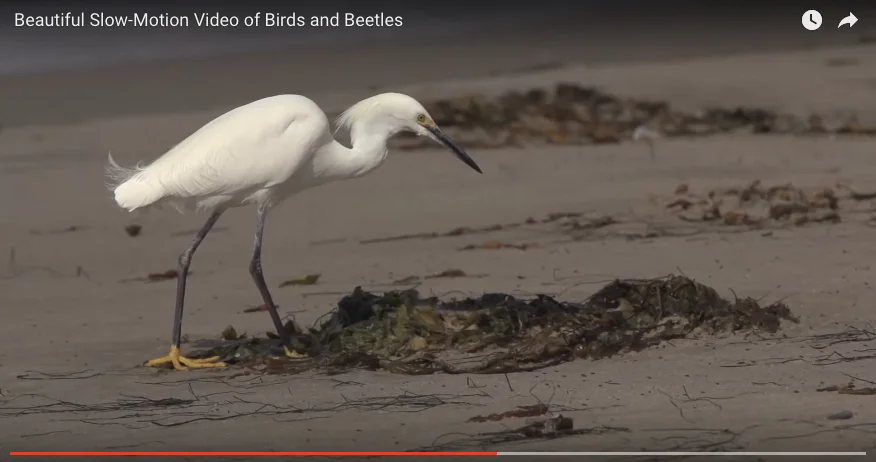One of my Laysan Albatross family photos from Kauai was recently chosen for the cover of the Cornell Lab of Ornithology Annual report. Check out the Report here. I was lucky enough to work with Charles Eldermire and Hugh Powell on Kauai this past February documenting the effort to install a webcam on a Laysan Albatross nest near Kilauea Point on the north shore of the island. I shot this portrait of a mother and chick nesting on the edge of a grass mound in the yard of a beautiful seaside home. It was amazing to witness a short chapter of the breeding life of these amazing seabirds.
News and Notes
Laysan Albatross in Kauai
Laysan Albatross return to Kauai every Fall after spending the rest of the year at sea. In some cases the best spots for nesting on the edge of the island are in conflict with human needs. Hugh Powell from the Cornell Lab of Ornithology wrote an excellent article explaining the efforts in Albatross conservation on Kauai for Living Bird magazine - and featured in the Lab of Ornithology - All About Birds blog.
Voices - Semipalmated Sandpiper
Over the past few years, my friend Gerrit Vyn has produced an excellent series of short films highlighting the amazing singing voices of birds. In this episode, I share some experiences with the courtship song of the Semipalmated Sandpiper in the Alaskan arctic.
Freeze action at 240 frames per second
Experimenting with the new suite of cameras that offer high frame rate per second (fps) is an exciting arena in nature videography. High-speed footage can reveal an incredible amount of detail not visible in standard 24 or 30 fps video.
This month I led a group of Cornell undergraduates on a trip through southern California - from the high Mojave desert to the Mountains of Los Padres National Forest and down along the Santa Barbara coast. Our goals were relatively simple -- explore a new area with cameras and audio recorders, learn the techniques of natural history videography and sound recording and have a great time exploring.
One of the most exciting new arenas in nature videography is filming in high speed (at hundreds of frames per second rather than the standard 30). Hardware for this work has been around for quite some time, but until recently it was possible only on extremely expensive cameras. For this trip we worked with an array of cameras; DSLR's, a mirrorless Lumix GH4, an ENG style camera with massive telephoto lens and a ground-breaking hi-speed rig called the Sony FS700. I rented this camera from BorrowLenses.com with a Canon EF adaptor. Why is it groundbreaking? Well, it is one of the first relatively low price cameras on the market that allows for over-cranking, up to 240 fps in full HD. Most of the DSLR's we are now used to shooting max out at only 60fps, (usually at a dumbed down 720 version of HD). The Sony FS700 allows for bursts of 9 seconds at 240fps
Andy Johnson shooting amongst the Joshua Trees in the Mojave National Preserve.
These American Avocet shot at standard frame rate (30 frames per second) and in high-speed (240 frames per second) give an opportunity to spot the amazing way an Avocet feeds with their recurved bill slicing through the shallow water. Watch for the target food item in the skinny gap in their bills, suspended by the surface tension of a tiny droplet of water which quickly travels up to the birds mouth.
Shot on Pismo State Beach, California with a Sony NEX-FS700, Canon EF 400mm f5.6 by Benjamin M. Clock.


